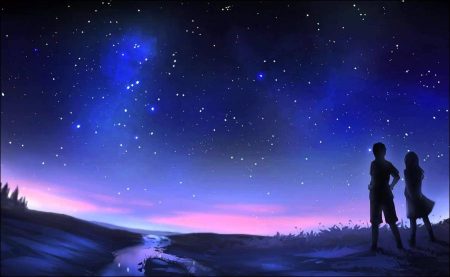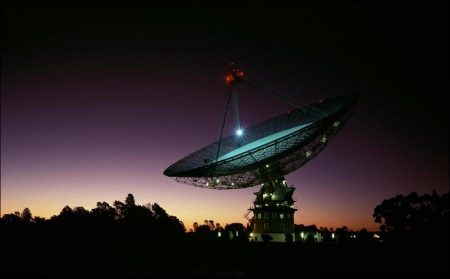Space and time are two inseparable parts of the universe, like two different threads that make up the same fabric. Before Einstein gave us the special theory of relativity, both were supposed to be absolute and unchangeable. Edwin Hubble, on the other hand, proved that the universe came into being with a big explosion when he detected the movement of galaxies while observing the universe.
These two heroes of the scientific world presented a completely different universe before our eyes. A fantastic universe that constantly expands at ever increasing pace, where space and time behave differently in different places, and where we cannot see but feel the effect güç
We cannot comprehend distances in space even by forcing our minds and logic. When we put three zeros next to the number 1, we can use the number we get to understand distance or another magnitude. However, when we put more than ten zeros, and try to imagine this number in kilometers, the numbers start to lose meaning.
The distance of the Sun to the Earth is about 150 million kilometers. This is called 1 astronomical unit (AU). It takes about 8 minutes for a light beam to reach Earth, moving from the sun and moving at a speed of 300,000 kilometers per hour. In other words, when we look at the Sun, we see that it was about 8 minutes ago. If the sun suddenly disappears, we’il know about it in eight minutes.
Our distance to the Sun is quite small when we consider the limits of the Solar System. The New Horizons spacecraft, sent to Pluto and beyond, is now heading towards the boundaries of the Solar System and is billions of kilometers away on Earth. The mission arrives 5 hours after a command is sent from the control center to the spacecraft. Similarly, the response of the spacecraft returns to the center in 5 hours. So when the officers at the control center tell the New Horizons spacecraft to take a picture, it’s in their hands after 10 hours.
If you think the distance is too big, take your time. Even the size of the Solar System is nothing near the universe. At one point, we said that numbers are beginning to lose meaning. That’s where we’re about to come. The units we use daily lose their functionality while specifying the distance of even the nearest stars. The Alfa Centauri star system, a star system close to us, is 40,681,440,000,000 km (about 40 trillion km) away. Astronomers use the light-year unit to avoid dozens of zeros. Although most people think that the time unit is a light year, it is actually a distance unit, and 1 light year is the distance that light travels in a year. Alfa Centauri is 4.3 light years away from us. The Polaris star, known as the Polar Star, is 432 light years away. There are stars and galaxies that are thousands, millions, even billions of light years away.
When we follow these stars and galaxies, we actually look at their past. Since the light from the Polar Star reaches us in 432 years, we see it at night 432 years ago. Similarly, if there is anyone who has a chance to watch us from the relatives of the Polar Star, he is watching 1585 or a close year in the world and he sees the world where the Ottoman Empire was going on.
Scientists are actually observing space and examining the past of the universe and exploring how it could have come about. Many important steps have been taken in this task. For example, the space probe WMAP, sent to space in 2001, recorded cosmic microwave background radiation from the infancy of the universe and visualized the 380,000-year-old state of the universe, now 13.8 billion years old.
We don’t know if a time machine is invented in the future, but if you want to look back, you don’t need a time machine. We already live in a time machine. Just lift your head up.
Visits: 60




